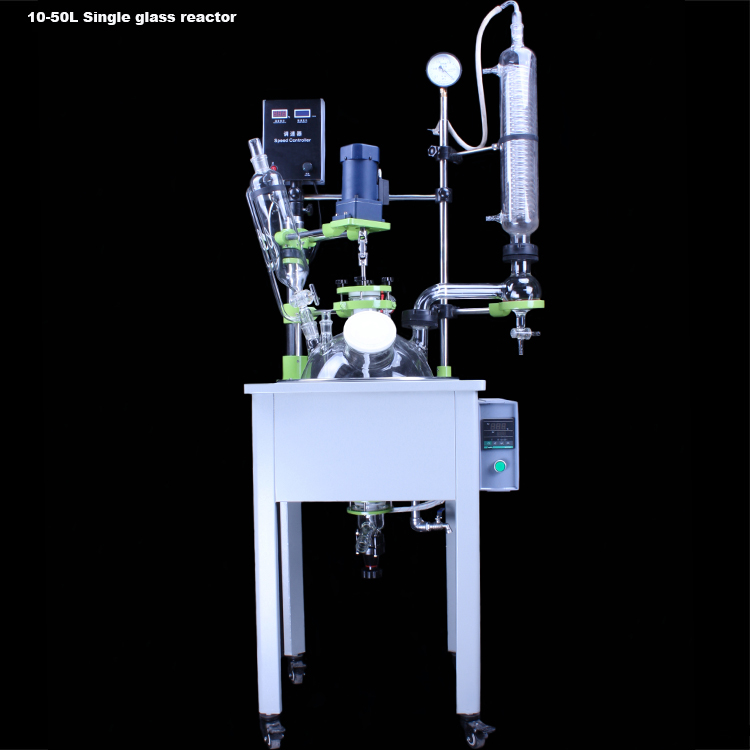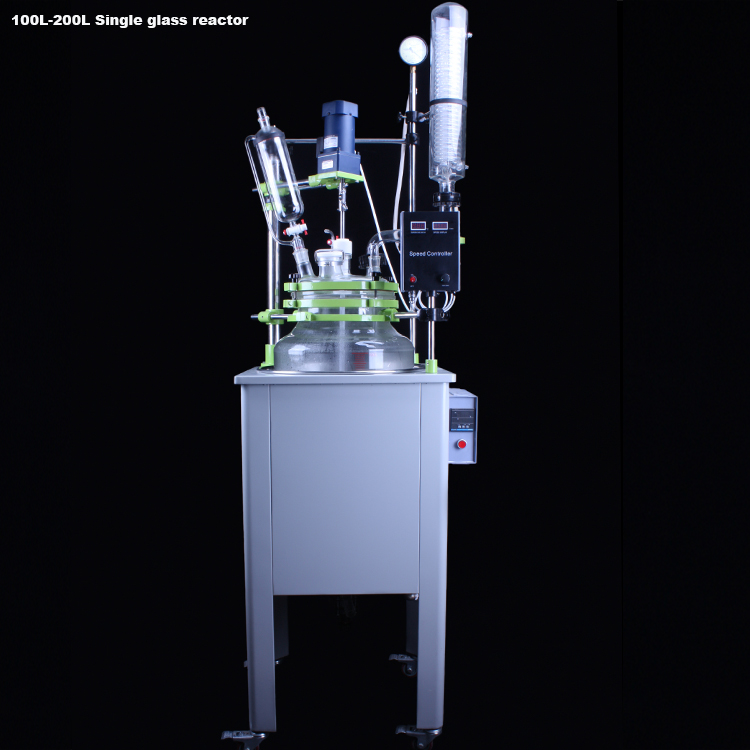There are many causes of valve position oscillation in actuators. The design, installation, commissioning, and operation experience are used to explain the causes of the oscillation of the pneumatic actuator and how to eliminate it.
(1) There are two main reasons for the oscillation of the electric and actuator valve position feedback small loop oscillations.
a Since the insensitivity zone Δg of the magnetic amplifier is too small, the magnetic amplifier is too sensitive, so that the small loop of the actuator cannot be stabilized and the oscillation is produced.
b When the actuator loses its braking effect and causes idle walking, it also causes the actuator to oscillate.
In view of the above causes of the actuator oscillation, the magnetic amplifier is not sensitive to △g too small to cause oscillation. According to the experience in operation, the small loop oscillation can be eliminated when the insensitivity zone Δg of the magnetic amplifier is adjusted to ±120-140 μA. For the actuator to lose the brakes, the cause of the loss of the brakes should be identified.
(2) Oscillation of the actuator due to signal source fluctuations. In the design of the system, the damper link can be added to the circuit, and mechanical buffering devices can also be added to the piping. Use mechanical damping to reduce the fluctuation of the output signal of the transmitter and eliminate the oscillation of the mechanism.
(3) The oscillation of the system is caused by improper tuning of the tuning system parameters, causing the actuator to oscillate.
The tuning of the regulator's parameters is not suitable and will cause the system to generate different levels of oscillation. For a single-sleep sleep adjustment system, system oscillations may occur when the proportional band is too small, the integration time is too short, and the derivative time and differential gain are too large. For the common problems of multi-loop systems and single-loop systems, there are still mutual influences of the production of loops, and the resonance between the loops is caused by improper setting of parameters.
For the oscillation caused by the actuators caused by the above reasons, these parameters may be reasonably selected in the system's overall timing, so that the loop must maintain the required stability margin.
(4) The actuator oscillates due to an over-regulation of the regulator due to a too steep valve flow rate or a small opening of the valve. When the flow rate of the regulating valve is too steep, only a slight deviation of the gas station will be adjusted to make the medium to be regulated. This often leads to excessive adjustment and causes the system to oscillate. Since the characteristics of the regulating valve are limited by the process conditions and are more difficult to modify, the proportional band of the adjustment can be appropriately increased to improve the adjustment quality.
(5) The play and clearance of the coupling of the actuator due to the linkage and the adjustment of the valve gate. All couplings should be manufactured with a three-level accuracy.
The oscillation of the implementing agency is a common fault phenomenon in operation, which directly affects the regulation quality. Its internal causes are also many. When analyzing and queuing failure causes, it is necessary to analyze the causes of failure from the system configuration and debugging in many aspects, and then try to Elimination.
Single Glass Reactor is a multifunctional reactor, which can be used for various biochemical synthesis reactions under constant temperature conditions, and can also be reflux or distilled at different temperatures.
The machine can be heated by optional heat distribution, and the cooling coil can also be selected.
Characteristic
The glass module is made of high borosilicate glass (GG17) with excellent physical and chemical properties.
Electronic stepless speed regulation, smooth operation, large torque, no spark, long life.
Tetrafluoroethylene module seal, proprietary technology, can ensure good vacuum and long service life.
The overall structure is stable and can be moved as a whole.
Minimum or dead angle PTFE discharge valve can effectively reduce stirring dead angle.
Kettle body and interface can be customized according to customer requirements
Whether refrigeration or heating, we can produce supporting products according to customer requirements.
The overall structure is scientific, the product design is novel, practical and beautiful, leading in the same industry in China.
Installation of cooling coil, heating sleeve and explosion proof device can be installed according to user needs.
Model / Capacity: 1L, 2L, 3L, 5L, 10L, 20L, 30L, 50L, 100L, 150L, 200L.
Other Customizable explosion-proof, cooling coil, etc.


Single Glass Reactor
Single Glass Reactor,Single Layer Glass Reactor,Chemical Single Glass Reactor,Single Layer Reactor,Mini Glass Reactor,Glass Reactor Kettle
Zhengzhou mingyi instrument equipment co.,ltd , https://www.mingyint.com